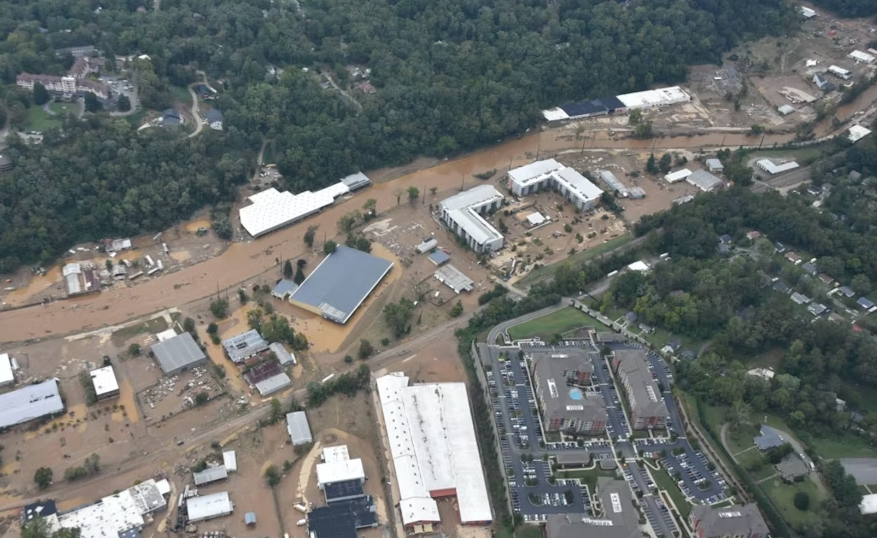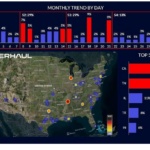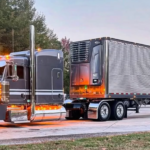Recovery operations are ongoing in the South following the extensive damage caused by Hurricane Helene, which may be the most devastating storm to hit the area.
Here are the main points from the aftermath:
- The death toll has reached 120 people across six states.
- Hundreds of roads and highways remain shut down, particularly in North and South Carolina.
- Many truck stops and travel centers are either closed or operating with limited services.
- Over 2 million people are still without electricity.
- The storm’s destructive path extends 800 miles, from the Florida panhandle to Tennessee and Kentucky.
- North Carolina’s mountains received up to 29 inches of rain.
Many highways in western North Carolina remain closed. NCDOT posted to its website: “I-40 is impassable in multiple locations. I-26 is closed at the Tennessee state line. There are many closed roads that are not listed on this site as many areas are not able to report at this time. All roads in Western North Carolina should be considered closed and non-emergency travel is prohibited.”
Most of the closures are located westbound on Interstate 77. Over 60 closures affect major routes, including I-40, U.S. 74, U.S. 64, and numerous other U.S. and North Carolina highways.
“The scope and magnitude of this devastation is unlike anything many long-time residents have ever seen in western North Carolina,” said North Carolina Department of Transportation Secretary Joey Hopkins. “We’re doing everything we can to help North Carolina recover from this devastating storm but this will be a long-term effort. We need people to be patient and help us with the recovery effort by staying off the roads.”
See Pilot Flying J closures or service interruptions.
See Love’s closures or service interruptions.
See TravelCenters of America closures or service interruptions.
Over 3,500 federal government personnel have been deployed to assist with Hurricane Helene recovery efforts across the affected states. The Federal Emergency Management Agency (FEMA) has distributed more than 1.9 million Meals Ready to Eat (MREs), over 1 million liters of water, 30 generators, and more than 95,000 tarps.





